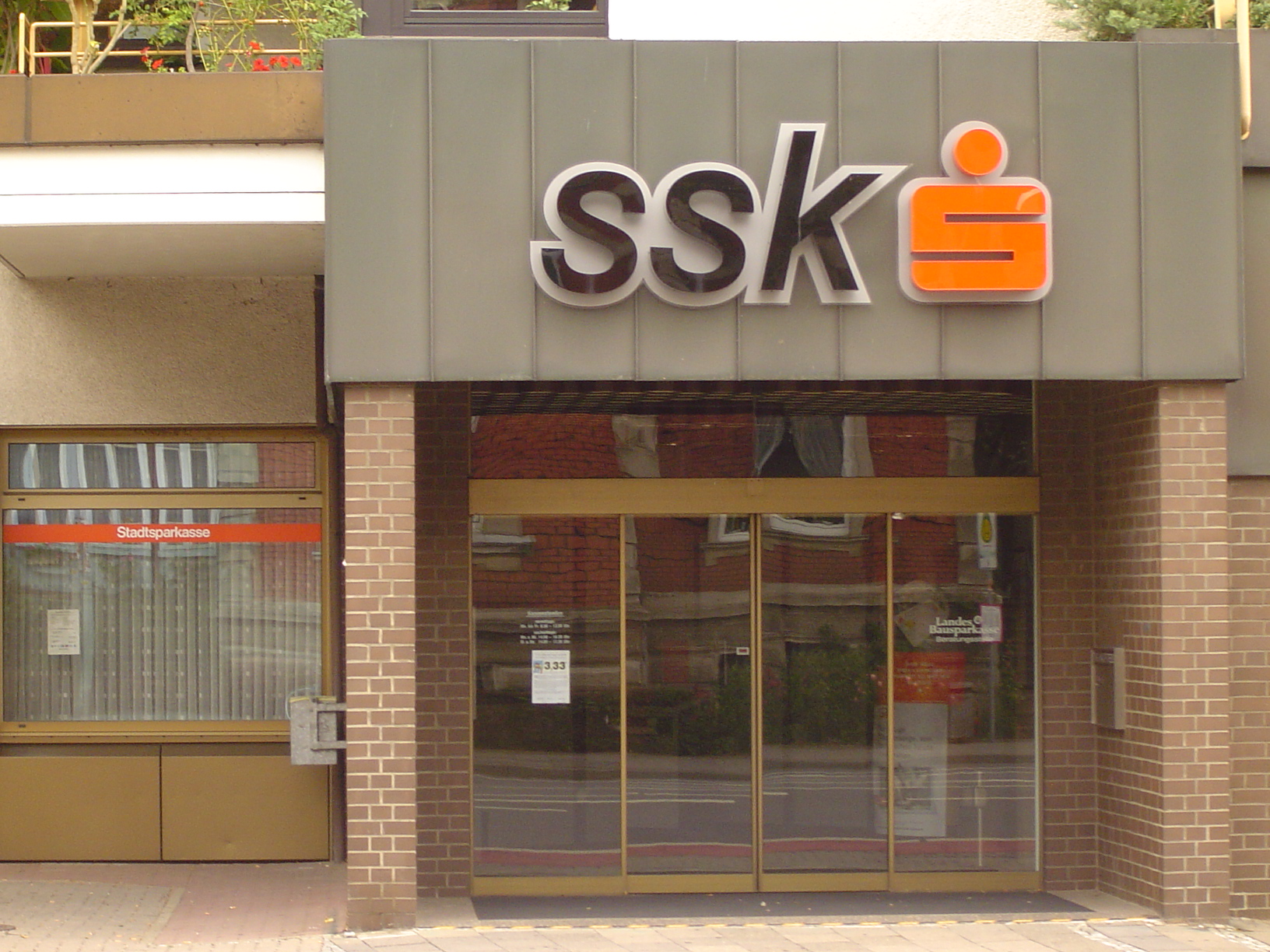
The brand new rules require national securities exchanges, designated contract markets, registered DTEFs, and foreign boards of commerce to gather info to ascertain the market capitalization and dollar worth of ADTV for part securities of an index with respect to every day, in sure cases making an allowance for data for the previous 6 full calendar months. In website Proposing Release, the SEC estimated that any extra costs of retaining and storing the collected information mentioned above can be nominal as a result of nationwide securities exchanges, together with notice-registered nationwide securities exchanges which were designated as contract markets by, or registered as DTEFs with, the CFTC, are at the moment required to have recordkeeping programs in place.159 The SEC obtained no direct comments on the costs of knowledge retention and storage. The buying and selling of futures contracts on broad-based safety indexes will be beneath the only real jurisdiction of the CFTC and may be traded solely on designated contract markets, and registered DTEFs. The new rule gives a restricted exclusion from the definition of "narrow-primarily based safety index" for an index underlying a futures contract that has traded for lower than 30 days, as long as the index meets sure specified standards.

New Rule 3a55-2 beneath the Exchange Act excludes from the definition of slim-based safety index those safety indexes on which futures contracts have traded on a chosen contract market, a registered DTEF, or overseas board of trade for fewer than 30 days and grow to be slender-primarily based, offered that they meet sure standards. The calculations required under the new guidelines for market capitalization and dollar value of ADTV may require additional knowledge storage.173 A nationwide securities exchange, designated contract market, or registered DTEF will want to consider how to store the information-whether or not to maintain laborious copies or digital copies of all of the computations. The entire burden in complying with Rule 17a-1 for every national securities exchange, including notice registered national securities exchanges, underneath new Rule 3a55-1 is therefore estimated to be 11 hours. The present burden hour estimate for Rule 17a-1, as of July 20, 1998, is 50 hours per yr for every exchange.160 Within the Proposing Release, the SEC estimated that it could take each of the eleven nationwide securities exchanges, together with discover-registered nationwide securities exchanges, anticipated to commerce futures contracts on security indexes one hour annually to retain any paperwork made or obtained by it in figuring out whether an index is a slender-based mostly safety index.
2. Burden Hours National securities exchanges, together with discover-registered national securities exchanges, that trade futures contacts on security indexes can be required to adjust to the recordkeeping requirements beneath Rule 17a-1. National securities exchanges, together with notice-registered nationwide securities exchanges, will be required to retain and retailer any paperwork related to determinations made using the definitions in Exchange Act Rule 3a55-1 for at least five years, the first two years in an simply accessible place. These modifications to the principles change somewhat the methodology used to find out whether or not a safety index is slim-based mostly or broad-based but do not, in any means, alter the recordkeeping burden associated with the preservation of the data of those calculations, i.e., the gathering of data required pursuant to Rule 17a-1 below the Exchange Act.152 Any assortment of information pursuant to the new rules is obligatory and can must be retained by the nationwide securities exchanges, together with nationwide securities exchanges registered pursuant to Section 6(g) of the Exchange Act ("discover-registered national securities exchanges"), for at least five years; for the first two years, the knowledge should be kept in an easily accessible place, as required beneath Exchange Act Rule 17a-1. A. The Use and Disclosure of the data Collected The information collected to adjust to the methods to determine market capitalization and dollar worth of ADTV which can be set forth in the ultimate guidelines is required by the CFMA.
Rule 3a55-1 underneath the Exchange Act specifies the method to find out market capitalization and dollar value of ADTV with respect to the definition of narrow-primarily based security index.156 Thus, the final rule supplies the methods by which a market buying and selling a futures contract on a security index must determine the market capitalization and dollar worth of ADTV to ascertain whether or not a security index on which it proposes to trade, or is buying and selling, a futures contract is slim-based mostly, and thus is subject to the joint jurisdiction of the CFTC and the SEC. Under the statutory definition of slender-primarily based security index, the market capitalization and dollar value of ADTV should be calculated "as of the previous 6 full calendar months." Rule 3a55-1 specifies a "rolling" 6 month period, i.e., with respect to a particular day, the "previous 6 full calendar months" will mean the time period starting on the same calendar date 6 months earlier than and ending on the day previous to that day.
